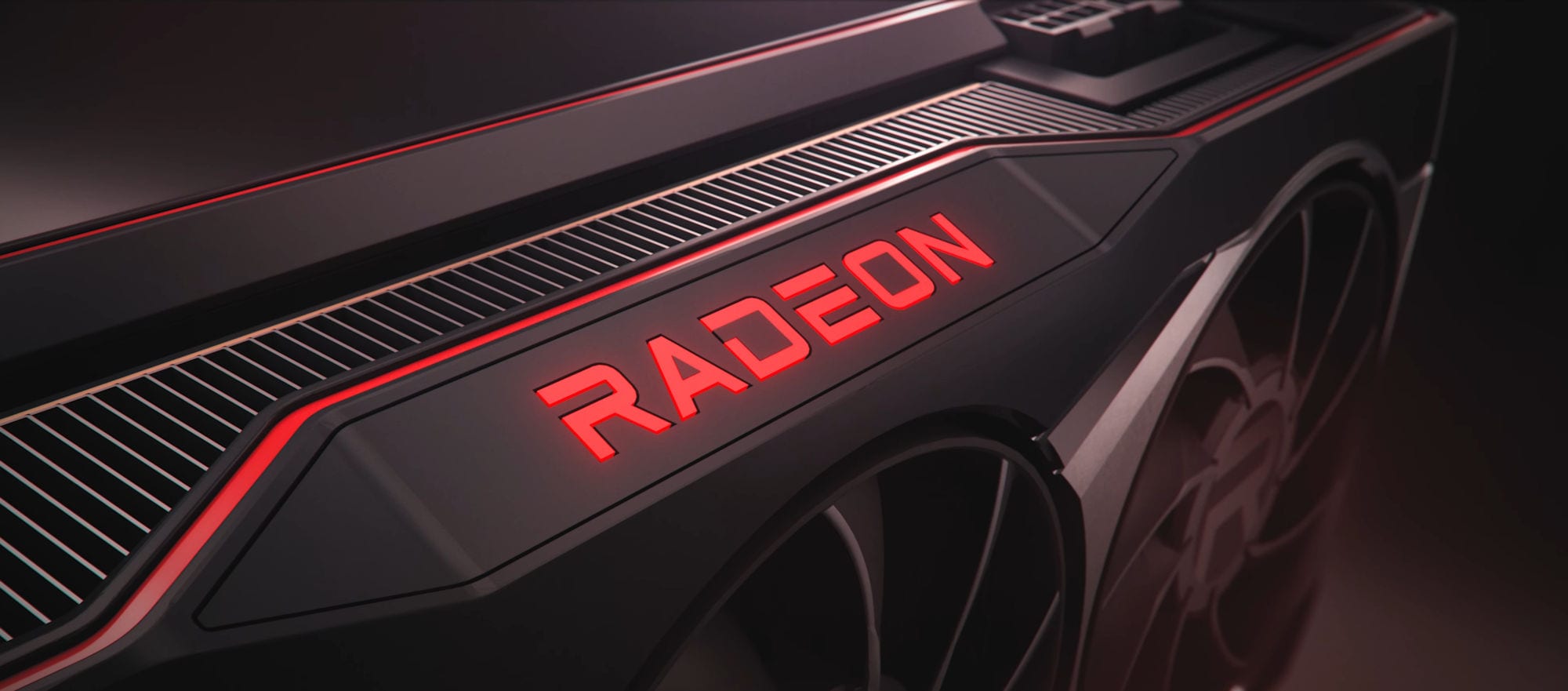
It seems that AMD may refuse to produce and release a high-end solution based on RDNA4 architecture. At least, this is the information shared by several reputable insiders in their Twitter accounts.
If the rumors are confirmed, the Radeon RX 8000 graphics card lineup will feature only x700, x600 and possibly x500-400 models. This approach is not new for the red giant. Shifting attention from the high-performance segment to the middle segment has already been used by AMD when designing RX 400 / 500 and RX 5000 graphics adapters, where there was also no high-end, consider it an image solution. And it is worth noting that the first two series were widely distributed and also recognized by gamers (and miners) for their excellent price/performance ratio.
Why might the “reds” make such a move? At this moment it is not really known. There are only speculations and indirect assumptions: firstly, AMD may not be satisfied with performance level of conditional RX 8900. Secondly, at this point the company’s engineers may be more focused on increasing the integrated GPU performance and as a consequence on the RDNA3.5 architecture development rather than on trying to impose competition to NVIDIA in the high-end segment, the revenue from which is many times less than from sales of mid-budget graphics cards.
The third and most speculative assumption is that AMD has decided to throw all its energies into developing a qualitatively new architecture that will replace the current RDNA-based GPU. And that definitely makes sense.
Nowadays, mainstream graphics adapters are required to do more than just render a graphics in the conventional API DX12 or Vulcan. There is worldwide demand for neural network accelerators, which AMD solutions have some difficulties in handling.
Thus, the red giant can kill two birds with one stone: collect profits from the middle segment by selling optimal solutions based on the conventional RDNA4, and at the same time, develop a completely new architecture that will be able to impose competition to NVIDIA in all spheres of graphic adapters use.




